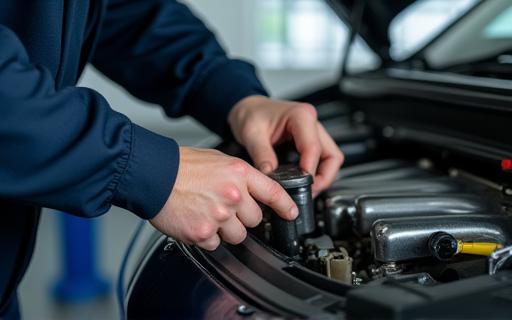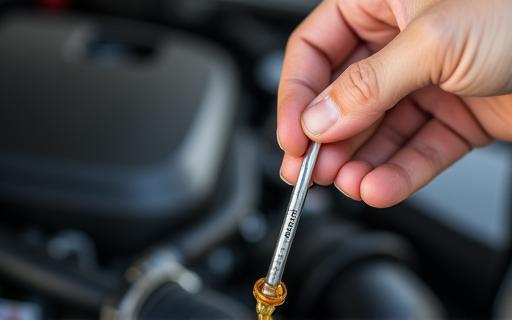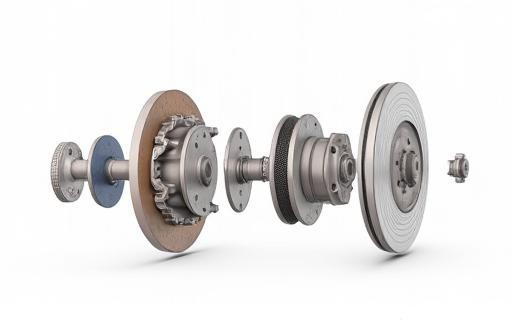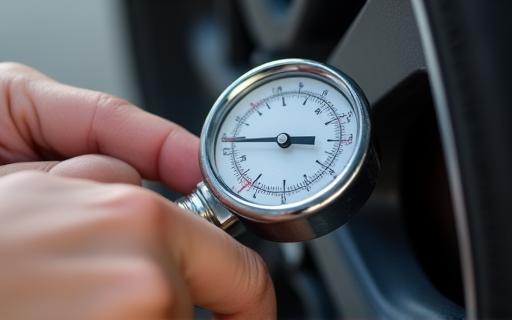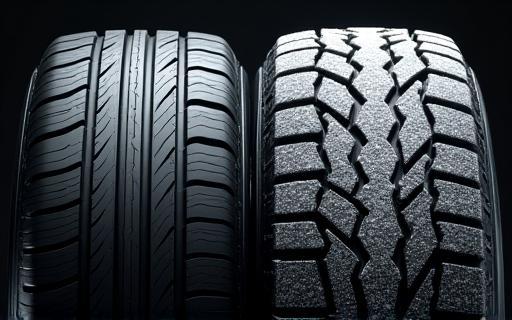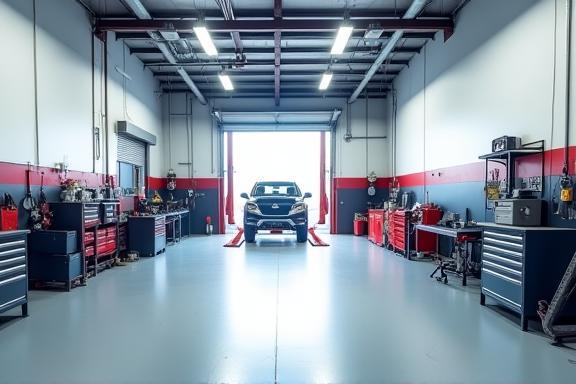
Essential Checklist for Winterizing Your Vehicle
Don't let Old Man Winter catch you unprepared! Our comprehensive guide ensures your car is ready to tackle Canadian winters, covering everything from specialized winter tires and battery health to essential fluids and a well-stocked emergency kit for peace of mind on icy roads.
Winter in Toronto and across Canada can be incredibly demanding on vehicles. Proactive preparation is not just recommended, it's crucial for your safety, your vehicle's reliability, and avoiding costly surprises. Taking these steps can make the difference between a smooth winter drive and a roadside emergency.
Key Winter Prep Steps:
- Install Winter Tires: Evaluate tread depth and switch to dedicated winter tires. Their unique compound and tread pattern provide superior grip on snow and ice, significantly improving braking and handling.
- Battery Check: Frigid temperatures can reduce battery cranking power by up to 50%. Ensure your battery is fully charged and its terminals are clean and secure. Consider a battery test if it's over three years old.
- Antifreeze Levels: Verify your coolant/antifreeze mixture provides adequate protection against freezing. The correct ratio is vital to prevent engine block damage.
- Wiper Blades & Fluid: Replace worn or streaking wiper blades with winter-specific ones if available. Fill your reservoir with winter-grade washer fluid that won't freeze on your windshield.
- Emergency Kit: Assemble a kit with blankets, a powerful flashlight with extra batteries, jumper cables, a basic first-aid kit, non-perishable snacks, water, a shovel, and traction aids like sand or cat litter.

